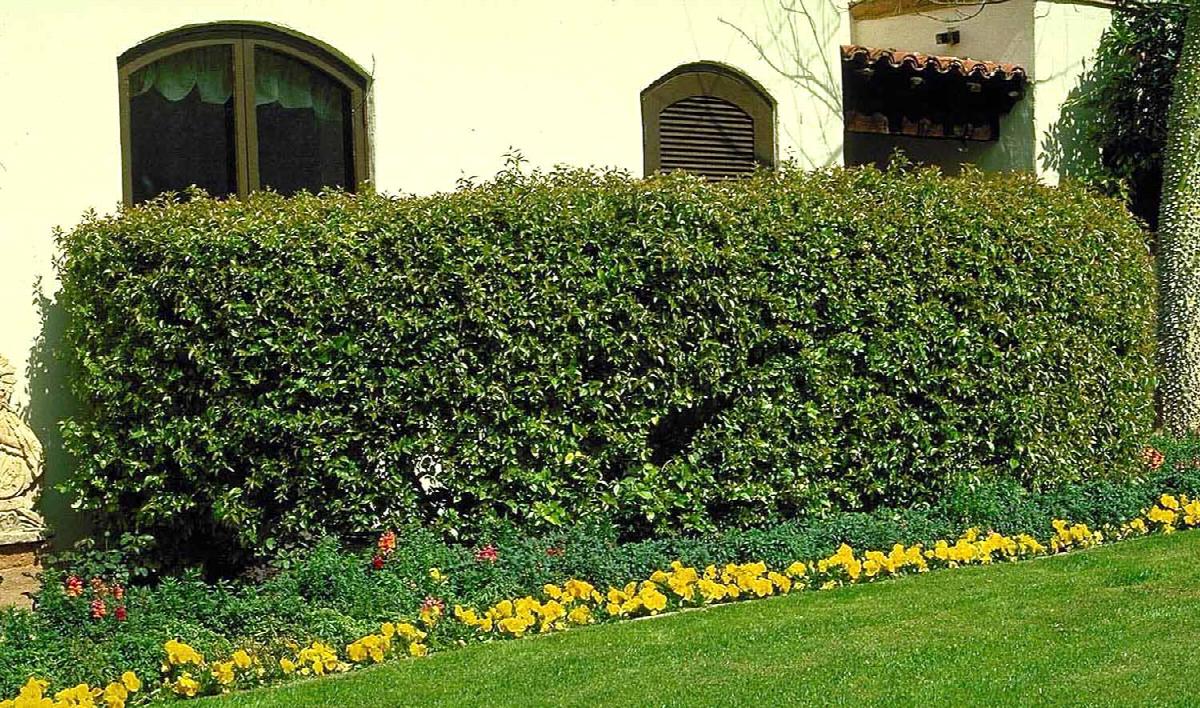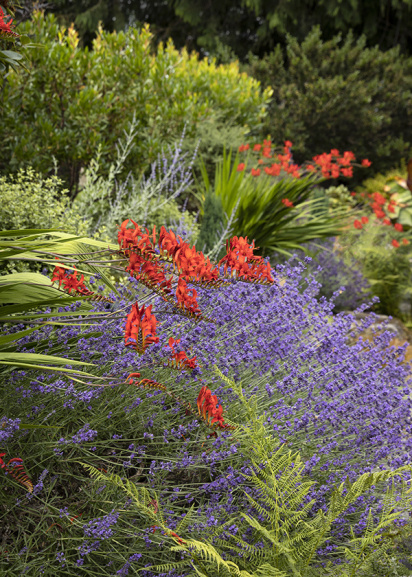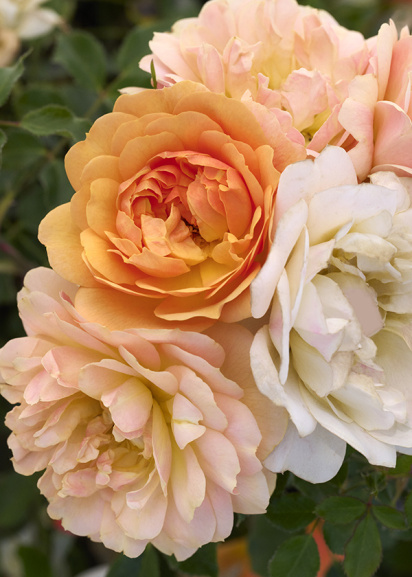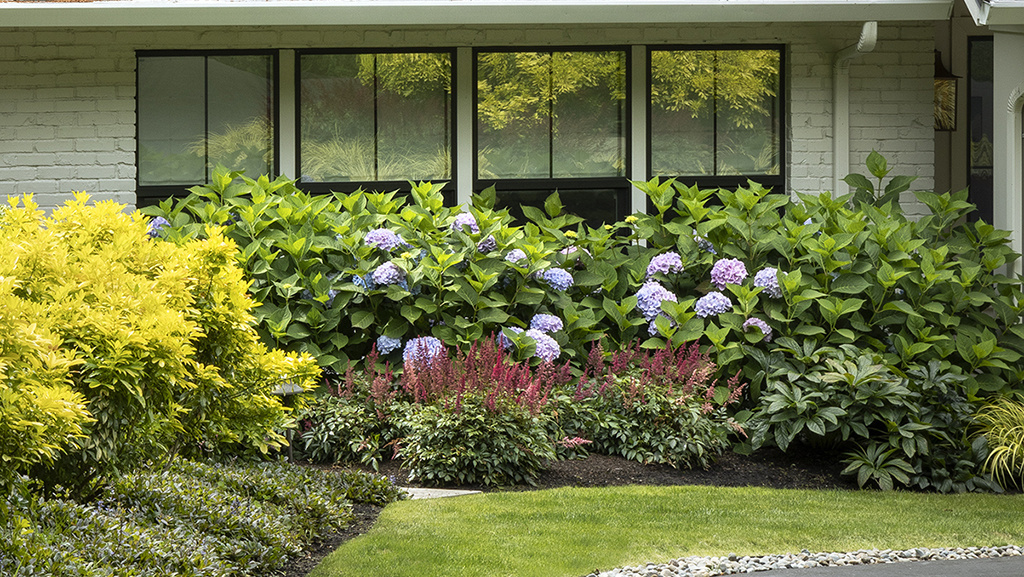Shiny Xylosma
Xylosma congestum
Pronunciation: zi-LOS-ma kon-GES-tum
SKU #07695
| Description | Versatile hedge or screening plant displays bronzy young foliage on spreading, gracefully arching branches. Takes shearing well, easily trained as espalier. Tolerates heat. Evergreen. |
|---|---|
| Light | Full sun, Partial sun |
| Watering | Water when top 2 inches of soil is dry. |
| Blooms | Inconspicuous |
| Mature Size | Moderate grower to 10 to 12 ft. tall and wide. |
| Deciduous/Evergreen | Evergreen |
|---|---|
| Special Features | Easy Care, Ornamental Berries, Waterwise, Benefits Birds |
| Growth Rate | Moderate |
| Growth Habit | Spreading |
| Landscape Use | Container, Espalier, Privacy Screen, Windbreak |
|---|---|
| Design Ideas | Xylosma can be used as either a shrub or small tree in the landscape. Makes a fine natural hedge gently pruned to size or it will adapt to mild shearing for a more formal appearance. Allow it to grow naturally for a shiny light green background for beds and borders. Excellent for breaking up long fence lines or for de-emphasizing large multistory walls in foundation planting. |
| Foliage Color | Green |
| Companion Plants | Shrub Rose (Rosa); Passion Vine (Passiflora); Purple Hopseed Bush (Dodonaea); Lantana (Lantana); Crape Myrtle (Lagerstroemia) |
| Care | Follow a regular watering schedule during the first growing season to establish a deep, extensive root system. Water deeply, less frequently, once established. Feed with a general purpose fertilizer before new growth begins in spring. For a tidy, neat appearance, shear annually to shape. |
|---|
| Lore | When in bloom, xylosmas draw bees in droves which makes this shrub vital in wildlife gardens and an undesirable plant near swimming pools. |
|---|
This Plant's Growing Zones: 8-11
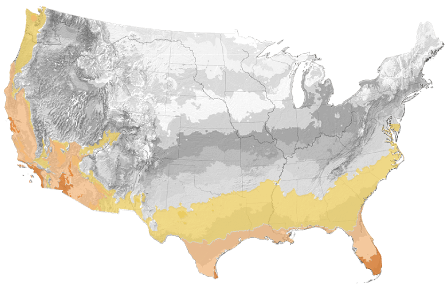
Your USDA Cold Hardiness Zone:
Your climate may be too cold for this plant
Buy Online
We cannot currently ship this product to your zip code.
Buy Locally
No Retailers found within 50 miles of your zipcode
About Us
We have been pioneers and craftsmen in the art of growing plants for nearly
100 years. Since our founding in Southern California by Harry E. Rosedale, Sr.
in 1926, we have been absolutely dedicated and obsessed with quality.
We have been pioneers and craftsmen in the art of growing plants for nearly 100 years. Since our founding in Southern California by Harry E. Rosedale, Sr. in 1926, we have been absolutely dedicated and obsessed with quality.
